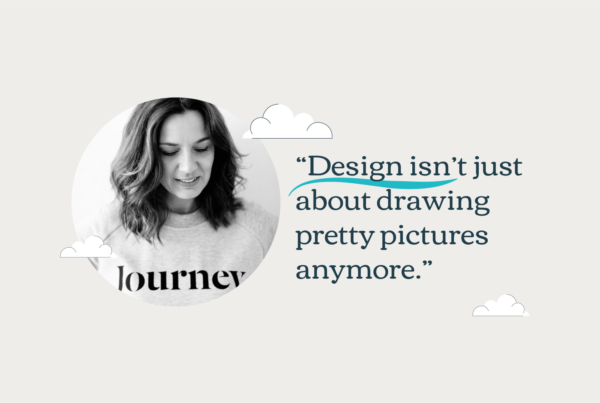The current pace of change means that companies are constantly looking for fresh ways to up- and re-skill their teams that are engaging, don’t involve hours of reading and have real impact on the business.
This is where well-crafted blended learning programmes can come to the rescue.
What is “blended learning”?
According to education software company Panopto, blended learning is a method of teaching that combines technology and digital media with traditional instructor-led classroom activities, be they delivered F2F or via live webinars. The aim is to give learners more flexibility to customise their learning experiences to their personal needs – because, as we all know, there’s no such thing as a one-size-fits-all approach – well, not one that works, anyway!
Research by education tech magazine Campus Technology found that 74% of teaching environments use a blend of face-to-face and online learning resources. It suggests that blended learning solutions give learners a more comprehensive understanding of the course content.
Investing in so-called self-service blended learning content is a win-win: your employees will be more engaged with the training content, and also are much more likely to remember what they have learned.

How to get started
If you’re reading this blog, chances are that you’re thinking about creating your own learning content for your organisation.
If you’re looking for inspiration, here are some of our key tips on creating content for a learning programme with a lasting impact:
- Start with a list of learning objectives. Perhaps you want your team to learn to use a new system or technology, or have more detailed knowledge about your important company policies – or perhaps you want to support them to be more resilient or self-motivated. Whatever your objectives, it’s best to clarify exactly what you’d like your learners to take away from the experience, and also think carefully about how you will measure and reward their success.
- Think about how to create a coherent narrative or ‘storify’ your training content. As human beings, we’re wired to look for and create narratives to help us understand and make sense of the world around us. Did you know that stories are 20 times more memorable than facts alone? For this reason, it’s best to work with a creative supplier or internal team to think about how your learning content fits into a story. By the way – it’s not only more memorable this way. It’s also more fun, and more likely to engage employees along the way.
- Try something new. The ever-evolving world of technology means the possibilities are endless. If you’re trying to explain the importance of health and safety guidelines, perhaps you could use VR to allow employees to experience different scenarios where things could go wrong? Alternatively, if you’re trying to show why your policies and procedures are important, this might be best explained through lively conversations with some of your most passionate, opinionated employees. If so, videos or podcasts featuring these people could be the way to go. For all of your visual learners out there, maybe a series of engaging, themed animations or live-action videos could be the right way to go. The main thing is to keep the content fresh and hopefully a bit surprising, to keep your learners on their toes.
- There’s no one right way to provide training content. In fact, we recommend providing information in a variety of formats. Don’t abandon all traditional training formats like written training manuals, useful checklists and background information. Some of your employees might like to refer back to these types of things when they need to refresh their memories. We also think regular F2F classes, or interactive webinars are important and not to be phased out. But a blended learning solution provides you with the opportunity to expand beyond that and create some fun, engaging and memorable learning experiences that will help enhance the programme and hopefully increase its impact.
Training research supports the idea that providing learning content in a variety of formats does seem to help; in fact, a study completed by the Center for Digital Education found that 73% of educators who use a blended learning instruction model observed an increase in student engagement.
At Spoon, we’ve been lucky enough to work with some fantastic clients on how to take a more creative approach to bring learning content to life for their employees. We’ve learned a thing or two ourselves along the way.
Get in touch if you’d like to have an informal conversation about your learning content needs.




